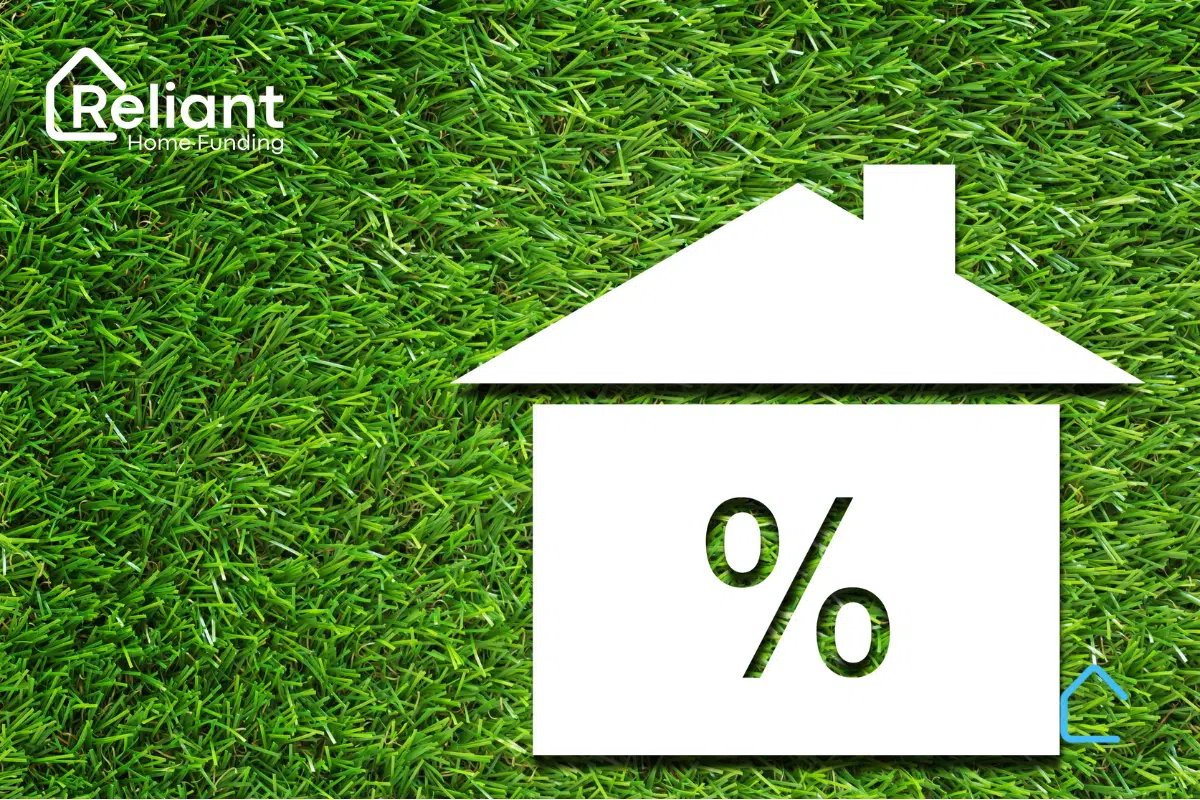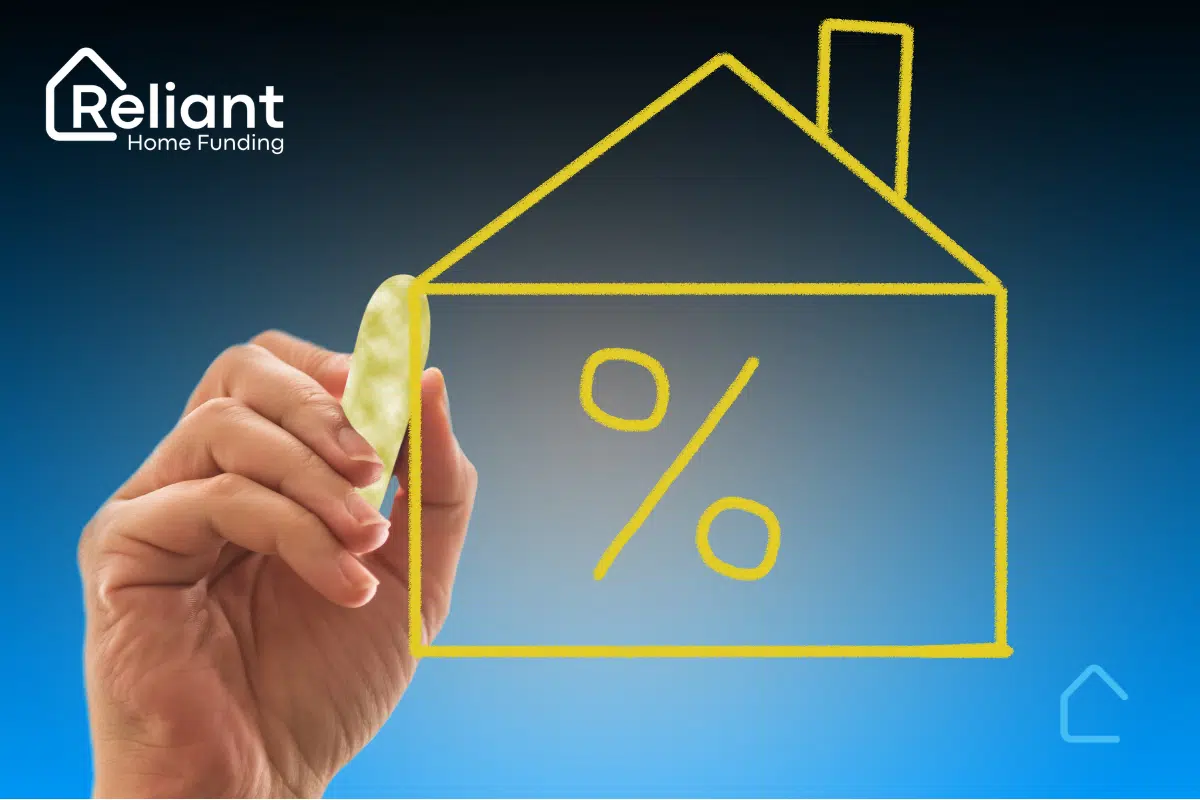Mortgage – one of the biggest financial decisions of your life. And it’s not just about the principal amount or interest rates, it comes with an array of technical jargon that can leave you scratching your head. Among these terms is mortgage insurance, which is mandatory in most cases. But what exactly is mortgage insurance and how does it work in New York? Let’s dive in and simplify it for you!
First things first, there are two types of mortgage insurance – private mortgage insurance (PMI) and mortgage insurance premium (MIP). PMI is generally associated with conventional loans (those not backed by the government), while MIP is applicable to government-backed loans like FHA or USDA.
In New York, PMI is mandatory if you take out a conventional mortgage with less than 20% down payment. The cost of PMI varies depending on the loan amount, credit score, and down payment. It typically ranges from 0.3% to 1.5% of the loan amount annually.
On the other hand, MIP is mandatory for any FHA loan borrower. It’s a one-time upfront fee equal to 1.75% of the loan amount at closing, plus an annual fee of 0.45% to 1.05% depending on the loan term, down payment, and loan-to-value ratio.
It’s worth noting that both PMI and MIP are used to protect the lender, not the borrower. They are essentially a guarantee to the lender that they will be compensated for any losses in case the borrower defaults on the loan.
Now, you might wonder why mortgage insurance is compulsory for borrowers who don’t have a 20% down payment. Well, it’s because it’s a risk mitigation strategy for lenders. A higher down payment means lower risk for them, as the borrower has more equity in the property. When the borrower has less skin in the game, the lender needs some assurance that they will get their money back in case of default.
But there’s some good news for New Yorkers – as of 2021, the state has introduced a tax deduction for mortgage insurance premiums. If you meet certain criteria, you can claim up to 100% of the MIP or PMI paid as a deduction on your state income tax return. This means some relief on your tax bill, although it doesn’t negate the cost of mortgage insurance altogether.
Understanding mortgage insurance is key to making informed decisions about your home loan. While it may seem like an additional expense, it can help you get closer to your dream of homeownership, especially if you don’t have a 20% down payment. Remember to factor in the cost of mortgage insurance when planning your budget, and explore various options to find the best deal for you. After all, the ultimate goal is to make payments that fit your budget and help you build equity in your home. Happy house hunting!



